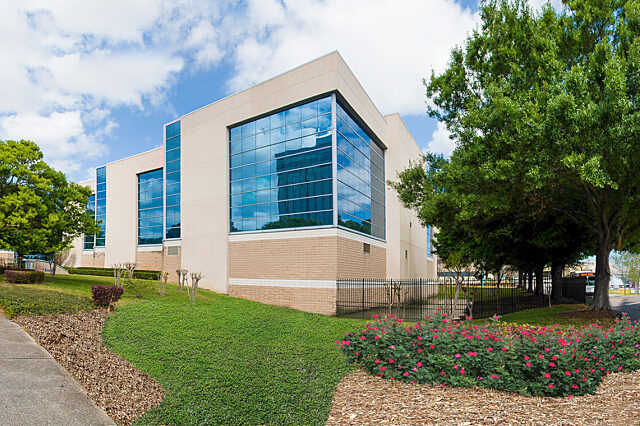UF physician working to fill EverBank Field with people trained in bystander CPR

Gone are the days of searching for a pulse and applying mouth-to-mouth resuscitation to try to save someone.
Now there are just two simple steps: Call 911, then push hard and fast until emergency crews arrive.
It’s so simple that a physician at the University of Florida College of Medicine—Jacksonville is leading the charge to fill EverBank Field with local residents newly trained in bystander CPR.
Joseph Sabato Jr., M.D., UF assistant professor of emergency medicine and director of field operations and disaster management, thinks the community can get 80,000 people trained by May. That, Sabato said, would in turn increase the now 5 percent survival rate of sudden cardiac arrests in Jacksonville.
Only a third of those people received bystander CPR, Sabato said, the number one factor in whether a person survives. Sabato says if the entire city can be trained the survival rate could triple to 15 percent, as it is in Seattle where there’s been a serious push to learn the life-saving skill.
Training takes two minutes – 90 seconds to learn it and 30 second to do a quick demonstration.
"It’s a little bit longer than a TV commercial – about where people’s average attention span is nowadays," Sabato said.
When most people think about CPR, Sabato says their mind usually goes right to mouth-to-mouth resuscitation. There’s a natural uneasiness there, especially with today’s focus on spreading germs, so people backed off of it.
But research has shown there is no need for mouth-to-mouth. The body has enough oxygen to make it six minutes and the key is to keep the heart pumping blood, Sabato said. That can be done by pushing hard and fast until help arrives.
Although it has been 10 years since the standard changed, many people are not aware.
"It’s so simple, there’s really no reason we can’t train everyone," Sabato said.
The effort is called Take Heart First Coast and, along with Sabato and UF, the First Coast EMS Advisory Council is taking a lead role.
Sabato will be among those taking the training show on the road throughout Jacksonville this year and getting others certified to train people as well. Last month, about 50 students at Stanton College Preparatory School were taught to be trainers.
The school’s medical society has taken a lead role on the project and a mechanical engineering student has discovered a way to keep costs down. The inflatable models on which people can practice cost $35 each.
The student measured the exact pressure needed and now knows how much to inflate basketballs and footballs so they can be used in lieu of the lifelike model.
Sabato says he’s hoping to spread the word and drum up interest by making a competition for which hospital and EMS agency can get the most people trained.
For more information, visit www.takeheartfirstcoast.com.